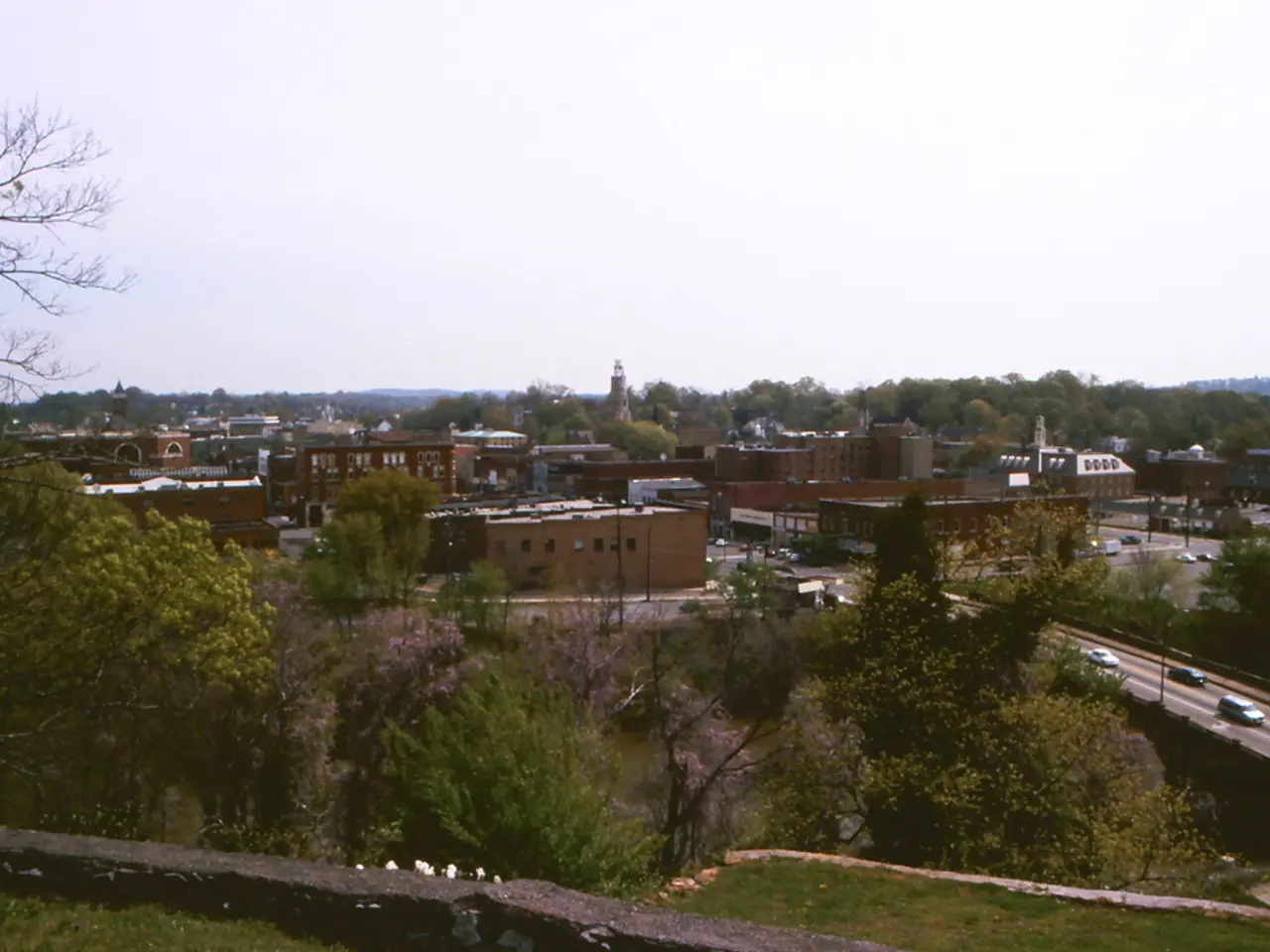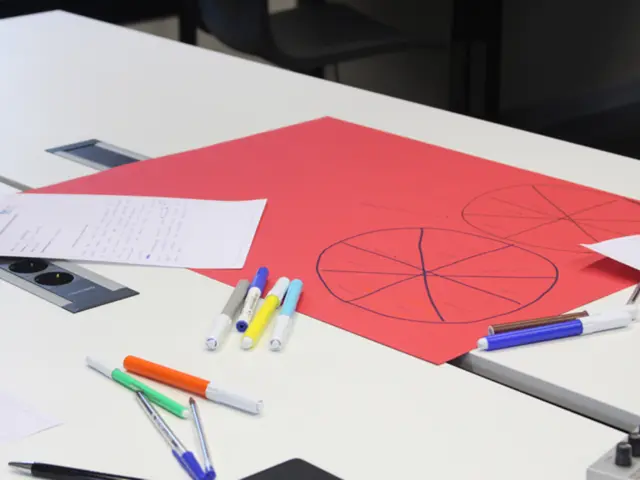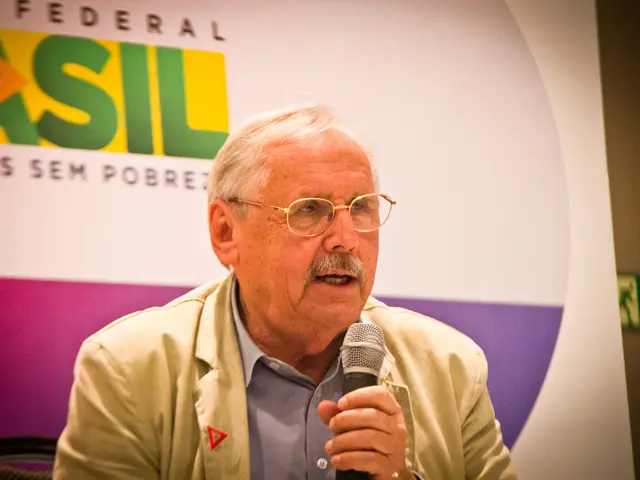Exploring City Growth: Secrets to Achieving Success in Multi-unit Real Estate Development
Maximizing Success in Urban Multifamily Developments
The art of creating thriving urban communities lies in a multifaceted approach that addresses land constraints, complex regulations, community engagement, sustainability, technology, amenities, planning, communication, scheduling, and partnerships.
A prime example of this approach can be seen in the Community Gardens Complex, which has become a model for local approval and support due to its strong community engagement initiatives. By fostering early and continuous engagement, developing conditions based on trust, openness, and mutual understanding, the developers created a lively, permanent society designed for long-term success and flexibility.
Navigating urban project regulatory requirements demands in-depth understanding and proactive management. Adopting Smart Growth principles by promoting compact, higher-density development is key to efficiently using limited urban land. This involves increasing allowable densities and mixed-use zoning while complying with stringent local zoning, land use, rent control, and environmental regulations.
Successful multifamily projects should also include sustainable design, smart technology integration, and quality amenities. Green Square Apartments, for instance, received LEED Gold certification, demonstrating its commitment to sustainable design. By incorporating green construction, energy efficiency, and preservation of open space, developers can reduce environmental impact, lower operational costs, and meet regulatory requirements, all of which improve market competitiveness.
Smart technology integration can enhance remote property management, maintenance scheduling, accurate material ordering, and tenant communication. TechCity Residences integrated advanced smart-home techniques and tenant storage in its development. Utilizing digital twin platforms and other smart building technologies can lead to higher retention rates by improving efficiency and tenant experience.
Quality amenities such as communal spaces, fitness centers, rooftop gardens, lounges, cycling storage, pet-friendly areas, and safe packing lockers can make developments attractive in dense urban settings. Offering well-planned, desirable amenities aligned with Smart Growth’s multimodal transportation goals can make developments more appealing to potential residents.
Effective management of multifamily developments in urban areas requires experienced and reliable partners. Developers who collaborate with experts in multifamily construction can confidently navigate the complexities of urban development. Skilled project management teams should be able to estimate challenges and solve them quickly, and have strong communication skills to effectively coordinate different stakeholder groups.
Efficient scheduling can involve the use of sophisticated scheduling software and methodologies to ensure timely project completion. Detailed planning can involve comprehensive site assessments, feasibility studies, detailed budgeting, and risk management strategies. Clear communication can involve regular and transparent communication among all stakeholders, including developers, contractors, regulatory bodies, and community representatives.
Securing buy-in from local stakeholders is vital for smoother project progress and conflict mitigation. By collaborating with authorities and communities, developers can create vibrant spaces that go beyond physical infrastructure to include pedestrian-friendly amenities, public plazas, and hospitality-level services, facilitating community interaction and resident satisfaction.
Learning from case studies of successful urban multifamily projects can inform best practices and innovations. Analyzing projects that balance compact design, mixed-use integration, and community "software" elements can help developers create sustainable communities that maximize both resident satisfaction and financial performance.
In conclusion, by embracing thoughtful, sustainable design, careful planning, effective management, and strategic participation, developers can create thriving urban communities that stand the test of time.
Investing in real-estate for urban multifamily developments necessitates a focus on business aspects such as smart technology integration and sustainable design. For instance, Green Square Apartments, an example of this approach, achieved LEED Gold certification, demonstrating a commitment to environmental sustainability.
Engaging the local community in urban projects, as demonstrated by the Community Gardens Complex, is crucial for securing approval and long-term success. This early and continuous engagement lays the foundation for a lively, permanent society designed for flexibility and success.




